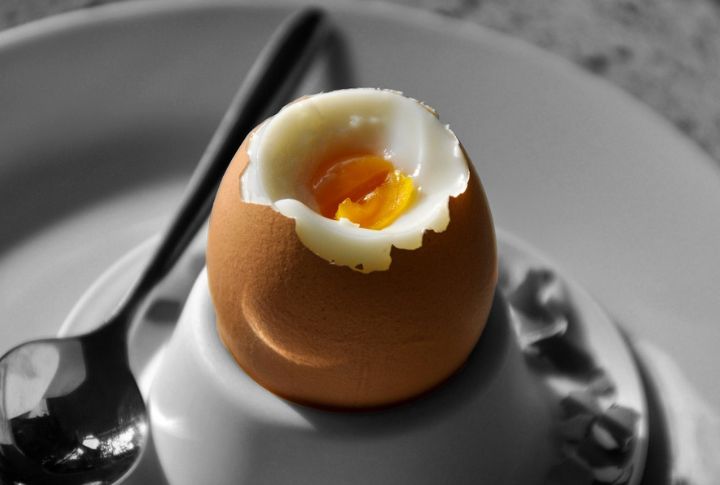
Breakfast has changed a lot over the years, with quick and convenient options replacing many traditional morning meals. While some are still available in certain regions or specialty stores, they no longer hold the widespread popularity they once did. These 20 breakfast classics bring a sense of nostalgia, offering a glimpse into the flavors and traditions of the past.
Cinnamon Toast
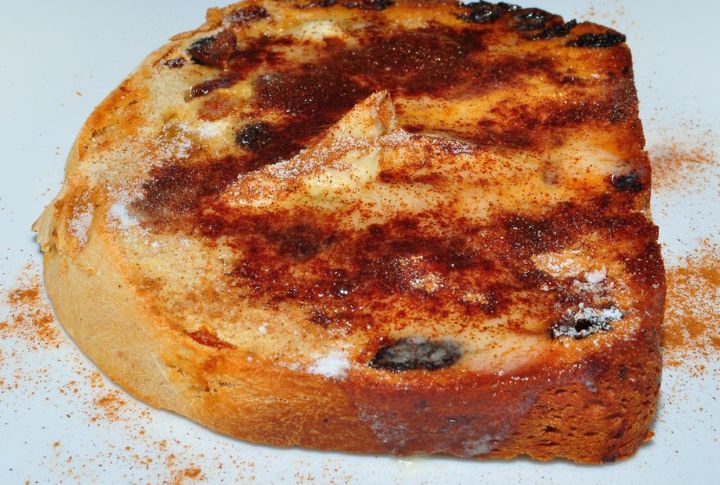
In 1984, General Mills introduced Cinnamon Toast Crunch, a cereal inspired by the classic cinnamon toast. Warm toast topped with cinnamon sugar was the definition of breakfast. Once popular, it required simple ingredients and packed big flavors. Now, cereal’s convenience has replaced this childhood favorite on American tables.
Cornmeal Mush
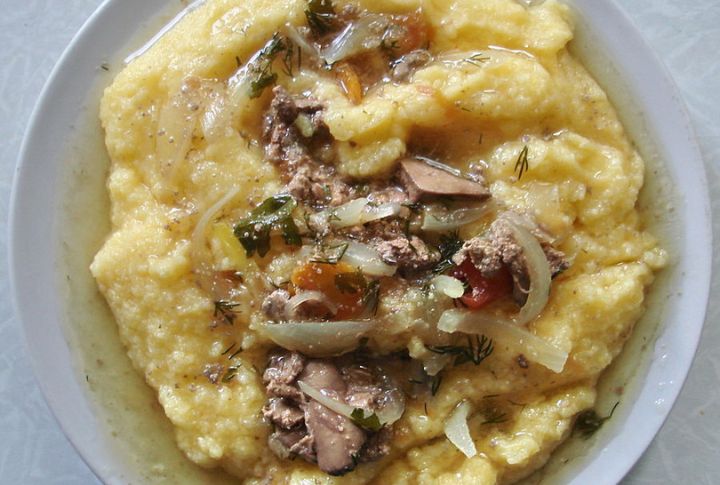
First made by Indigenous Mesoamerican peoples, Cornmeal Mush became a staple for early European settlers in North America. Boiled cornmeal served hot or fried provided comfort for families. During the Great Depression, its affordability and simplicity made it a common meal for many. This Depression-era staple combined simplicity with warmth.
Spam And Eggs
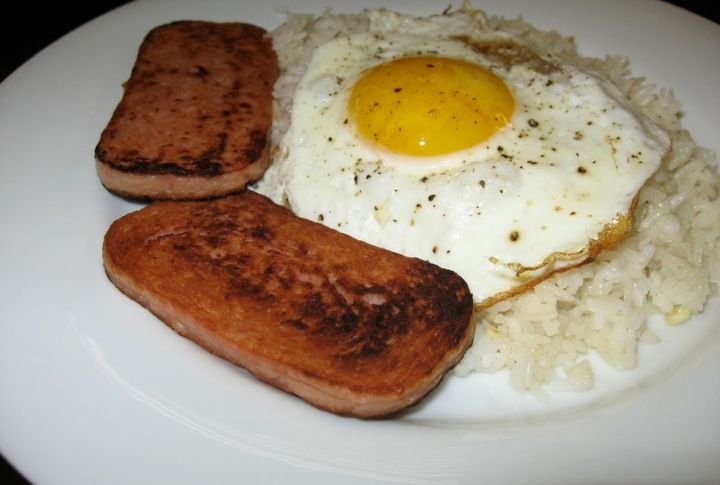
Spam and eggs became a breakfast favorite during World War II. Affordable and shelf-stable, it was easy to prepare with scrambled eggs. However, by the 1990s, health-conscious eaters moved away from traditional dishes featuring processed meats, which included Spam And Eggs.
Creamed Chipped Beef
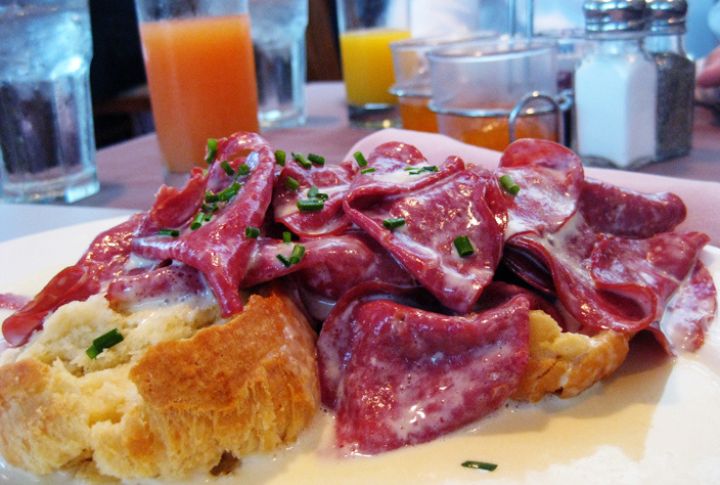
SOS, or creamed chipped beef, earned its reputation in military kitchens before becoming a Northeastern comfort food. This dish, made with thin beef slices in a creamy sauce over toast, was a hearty favorite. Though once widely enjoyed, its appeal has faded over the years, making it more of a nostalgic dish today.
Soused Herring

Soused herring featured pickled fish with rye bread. Its sharp, tangy flavor attracted many immigrants but turned away younger generations. This Scandinavian breakfast nearly disappeared from American breakfast tables as sweet cereals grew popular. Despite its decline in traditional breakfast settings, it remains a cherished dish in Scandinavian communities.
Baked Eggs With Cream

Once a refined breakfast, it was associated with leisurely, sit-down meals. Baked eggs with cream, seasoned with herbs, appeared in many 19th-century cookbooks. The dish delivered a custard-like texture but required time and effort. Postwar lifestyles prioritized convenience, which replaced this breakfast with scrambled eggs and packaged options quickly.
Pettijohn’s Breakfast Food
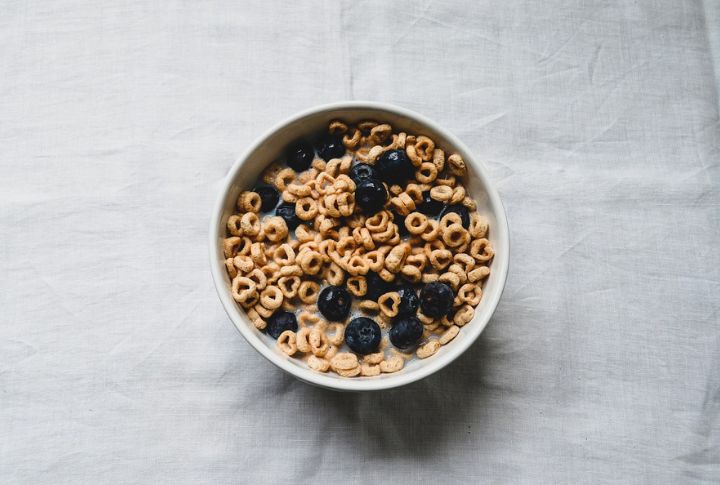
Pettijohn’s cereal was introduced in 1889 and was among the early fiber-rich breakfast options, promoting wheat bran for health benefits. Despite its initial popularity, by the 1970s, Pettijohn’s cereal had become less common on grocery store shelves, overtaken by the convenience and appeal of sugary cereals.
Fried Cornmeal Flatbread
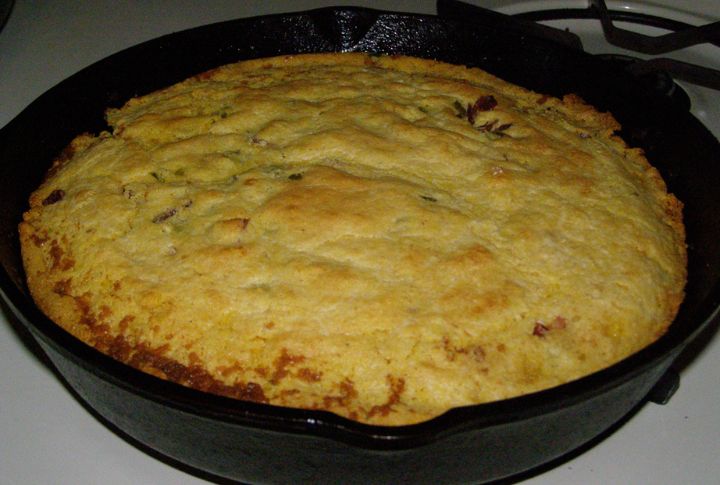
Cornmeal flatbread was a common breakfast in colonial homes. These hearty cakes disappeared as instant pancake mixes offered similar flavors with less effort, which changed breakfast habits nationwide. The dish was made using cornmeal, water, and sometimes salt. It was also versatile, sometimes topped with butter and syrup.
Milk Toast
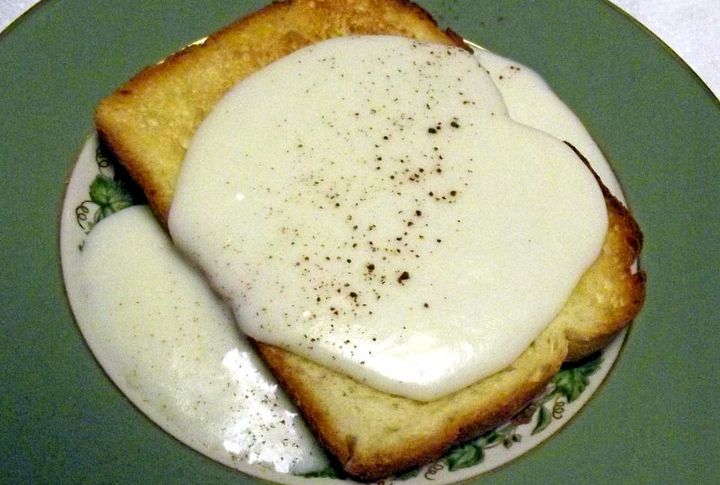
Once a popular morning dish, this comfort food consisted of toasted bread, warm milk, butter, and sugar. The milk, sometimes flavored with raisins and spices, was poured over the toast. Variants included adding salt or cinnamon. It was believed to aid digestion despite dairy being hard to digest for many.
Johnnycakes
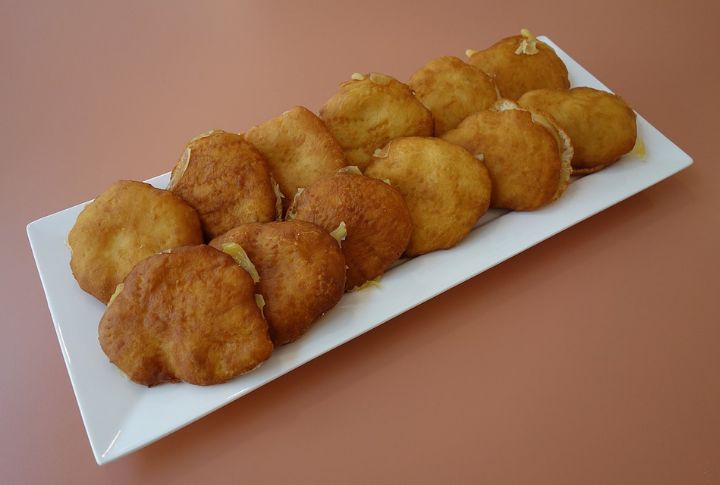
Johnnycakes, rooted in Native American cuisine, once served as a breakfast staple. Made from cornmeal, water, and salt, they offered simplicity and sustenance. This dish became common in early American households, especially in the Northeast and the Caribbean. However, after the advent of pancake mixes in the 20th century, Johnnycakes became obscure.
Dippy Eggs

Eggs are cooked sunny side up, which makes them perfect for dipping toast into the delicious, runny yolk. Dippy Eggs are still common in Great Britain and parts of the US, such as Maryland and Pittsburgh. Many call the toast “soldier toast,” a playful name for its thin and stick-like shape.
Popovers

Popovers first appeared in 1850s cookbooks, with a Portland variation gaining popularity in Oregon. The popover, similar to Yorkshire pudding, is especially popular in New England. This airy and egg-like custard is often served warm with jam and butter.
Wheatena
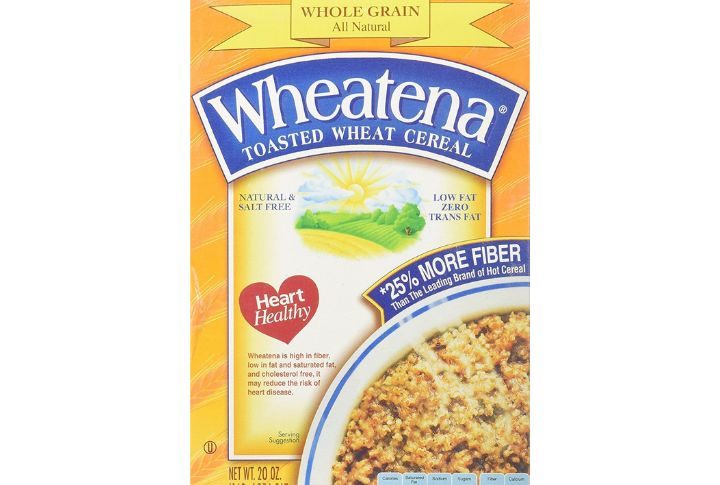
This hot toasted wheat cereal is believed to have originated in a Mulberry Street bakery in New York City around 1879. While still produced in Pennsylvania, its popularity has waned over the years despite past success. Once widely enjoyed, it has seen a significant decline from its peak.
Maypo
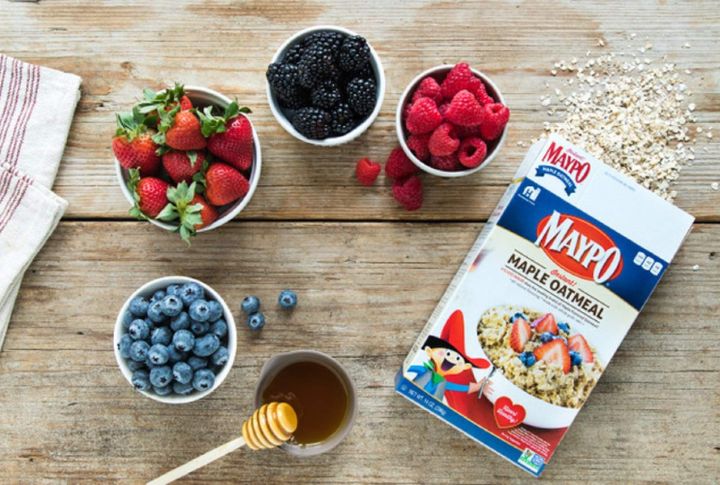
Maypo, a maple-flavored instant oatmeal, debuted in 1951 and gained popularity after the 1956 “I Want My Maypo” ad campaign. While it’s still available, Homestat Farm introduced a superfood version in 2016. However, the original 1950s recipe that many boomers remember is no longer produced.
Dutch Baby Pancake
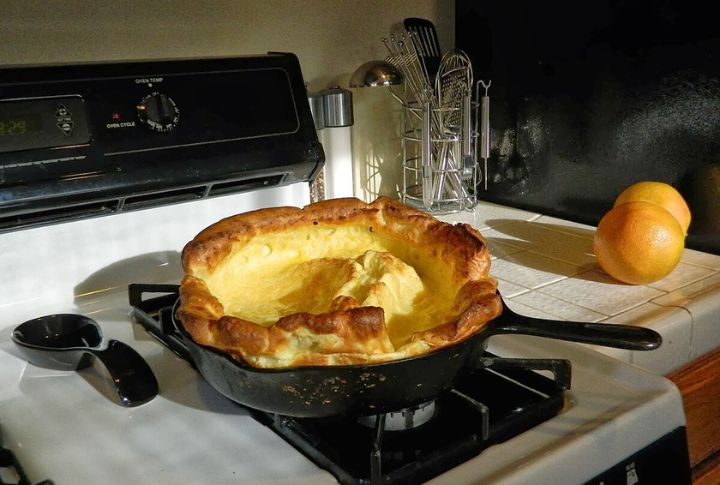
Despite its name, the Dutch Baby pancake originated in Seattle, USA, not the Netherlands. Sunset magazine popularized it in the 1960s and was first served at Manca’s Cafe in the early 1900s. It’s baked in the oven, collapses when removed, and is topped with fruit, powdered sugar, and syrup.
Carnation Instant Breakfast
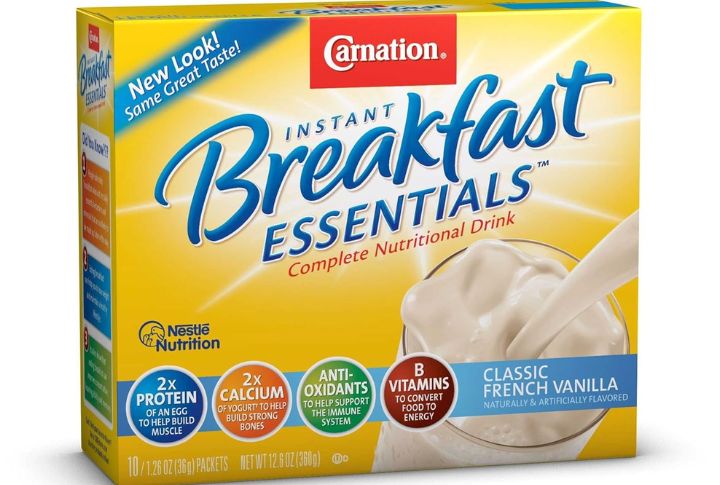
Carnation Instant Breakfast was introduced in 1964 by the Carnation Company, which is now part of Nestlé. It became a popular quick breakfast option for kids and busy families in the 1970s. Available in flavors like chocolate and strawberry, it was marketed as a nutritious meal replacement.
Scrapple
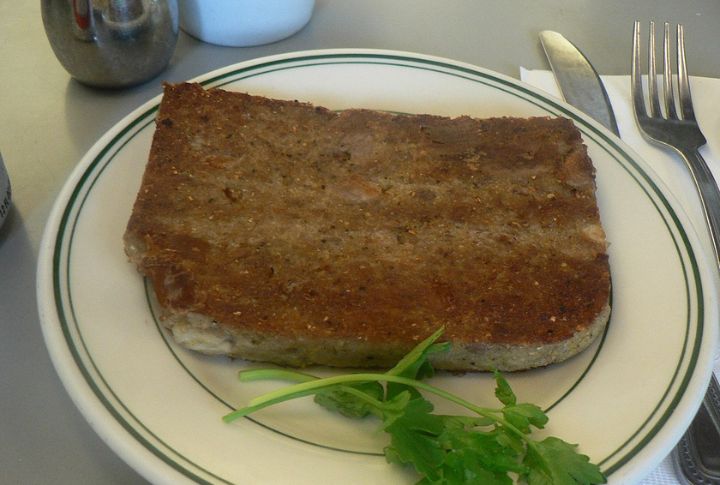
Popular during wartime for its low-cost ingredients, it’s made with pork, cornmeal, flour, buckwheat flour, and spices, then shaped into a patty. In Pennsylvania, a Dutch country, scrapple is a breakfast staple, often called the breakfast of champions. While still loved in Pennsylvania, its popularity has faded elsewhere.
Egg In A Hole
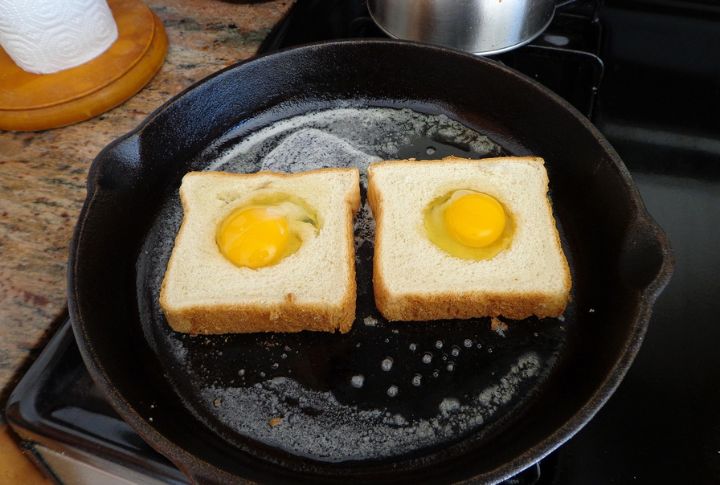
This classic breakfast features a fried egg cooked in the center of a slice of toast, known as egg in a basket or toad in the hole. Dating back to the early 1900s, it resembles “egg with a hat,” a recipe from Fannie Farmer’s 1896 “Boston Cooking-School Cook Book.”
Shirred Eggs
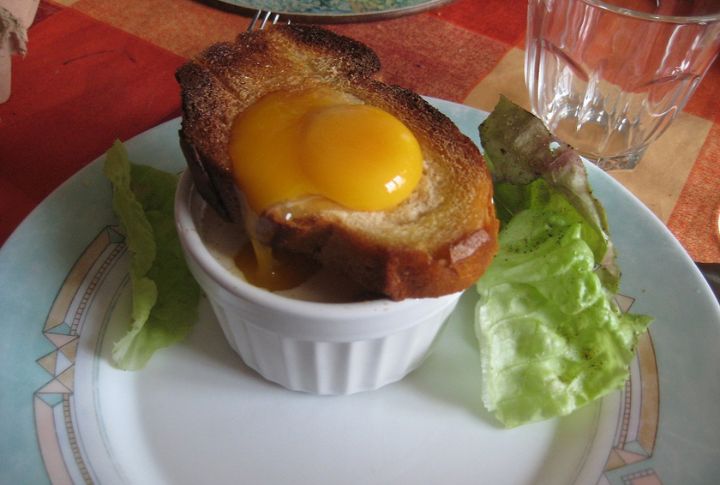
Fannie Farmer later shared a shirred egg recipe in the book “Food and Cookery for the Sick and Convalescent.” The dish was made in an “egg stirrer,” a shallow gratin dish like a ramekin featuring baked eggs with cream and Parmesan cheese.
Cream Of Wheat

Farina, a type of wheat, makes a comforting breakfast porridge traditionally prepared with hot milk, maple syrup, and a pinch of salt. It became popular in the late 19th century through the American Cereal Company in Akron, Ohio. While it’s still available today, many kids may not be familiar with it.
Leave a comment